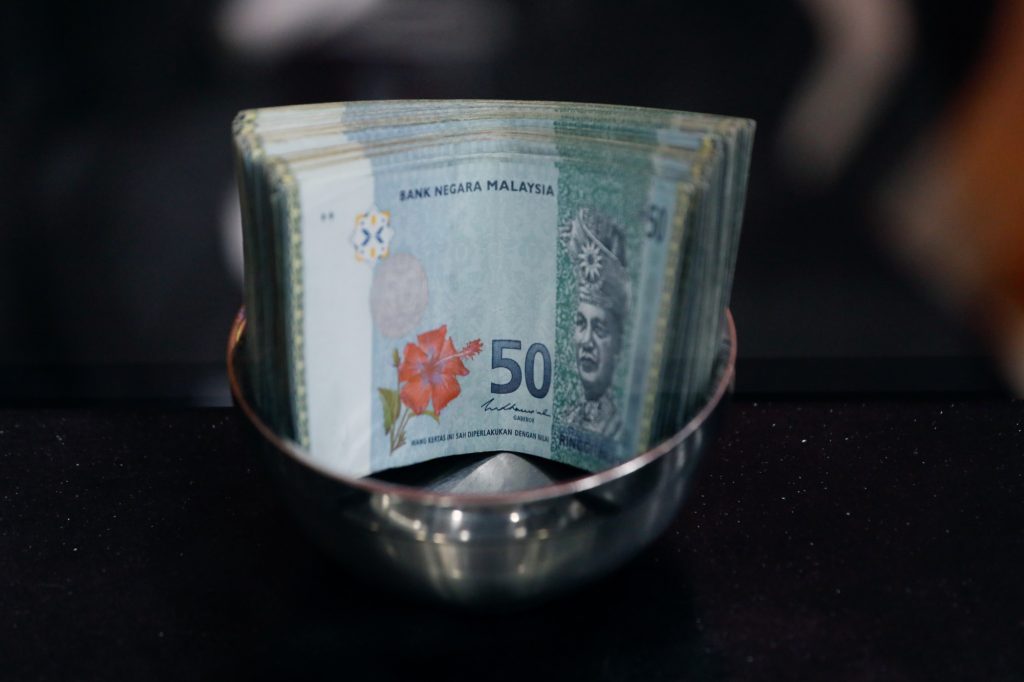The Malaysian ringgit has reached its strongest level in 13 months, standing out as one of Asia’s best-performing currencies and signaling a wave of renewed economic confidence.
On Friday, the ringgit climbed as much as 0.3% to 4.1720 against the US dollar, its highest since October 2024. This remarkable rise comes as investors scale back expectations of a rate cut by Bank Negara Malaysia and show greater optimism toward Malaysia’s economic growth. The ringgit has already gained over 7% this year, placing it at the top among Asian currencies for the second consecutive year.
According to Stephen Chiu, Chief Asia Foreign-Exchange and Rates Strategist at Bloomberg Intelligence, the ringgit’s resilience is fueled by strong fiscal management and political stability — two key pillars that have strengthened global investor confidence.
The Malaysian currency is not just gaining against the US dollar. It has also advanced to its highest level since September 2022 against the Singapore dollar and hit a record high versus the Indonesian rupiah.
The country’s robust economic performance is being supported by improving external demand and renewed trade stability. Malaysia’s economy grew at its fastest pace in a year last quarter, boosted by strong export performance and a recent tariff truce between China and the US — Malaysia’s two biggest trading partners.
“Unlike Asia’s high-yield currencies, which tend to underperform during dollar weakness or global uncertainty, the ringgit remains in a sweet spot — resilient and steady throughout market fluctuations,” Chiu added.
Adding to this positive momentum, Malaysia’s foreign-exchange market has become significantly more liquid. The daily trading volume in the onshore market — dominated by ringgit transactions — has surged to around $20 billion this year, a sharp 40% increase compared to the 2020–2024 average, according to data from Bank Negara Malaysia.
In regional context, the Singapore dollar has been losing ground following policy easings by the Monetary Authority of Singapore, while the Indonesian rupiah continues to face pressure from fiscal deficit worries and foreign bond outflows. Meanwhile, Malaysia has attracted about $1 billion in foreign bond inflows in October, reversing the outflows from the previous month.
Bank Negara Malaysia’s decision to maintain its current interest rate reflects its confidence in economic fundamentals, and forward swaps suggest that rates are expected to remain steady over the next 12 months.




